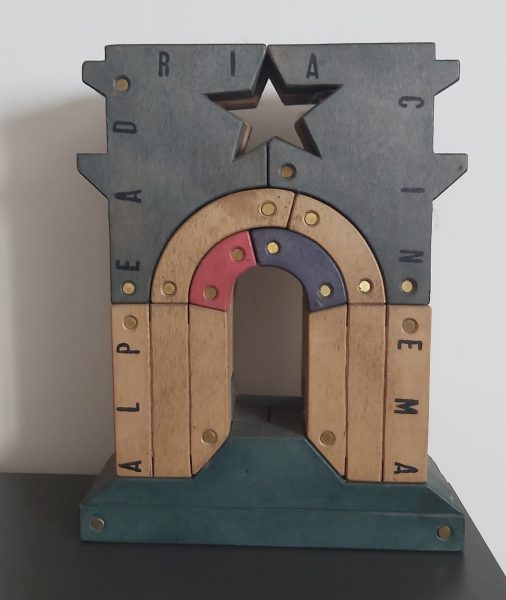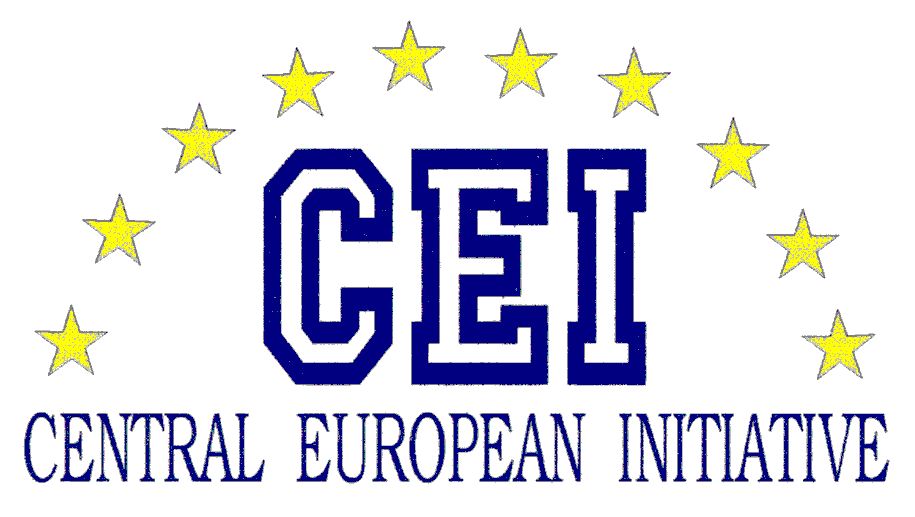THE ASSOCIATION AND ITS HISTORY
ALPE ADRIA CINEMA
The Alpe Adria Cinema Association is a cultural organisation that has been operating on a non-profit basis since 1989, the year of its foundation. It was founded with the precise aim of promoting and disseminating any initiative in the field of cinema and audiovisual experimentation, thus contributing to cultural growth and research in the countries of Central and Eastern Europe, Central Asia and the countries of South-Eastern Europe bordering the Mediterranean.
The Alpe Adria Cinema Association has always pursued the following objectives:
- To contribute to the emergence and development of cultural exchanges between European countries, specifically between East and West in New Europe.
- To promote and increase all initiatives in the field of cinema and also video experimentation that involve an element of artistic and cultural growth, and expressive research.
- To promote, through various activities, including with its most important project, the Trieste Film Festival, appreciation of the cinematographic and audiovisual heritage of Central and Eastern European countries. This begins with the great Masters of the past and carries through to the discovery of the film auteurs of the younger generations.
- To organise meetings, conferences, study courses, exhibitions, performances and cultural events of various kinds, that contribute to the appreciation and dissemination of the cultures of Central and Eastern European countries also through other artistic disciplines (photography, art, music, literature, etc.).
- To support and disseminate activities for the recovery, restoration, preservation and appreciation of the cinematographic heritage of Central and Eastern European countries.
Over the years, Alpe Adria Cinema has also succeeded in creating and compiling over time a valuable interdisciplinary and multimedia archive, consisting of library reference material, photographic documentation, films, video recordings, 15,000 films (vhs, dvd and files) that can be consulted for study and research purposes.
The association continues to work to disseminate and delve into the cultures of the countries of the Central and Eastern European area, contributing to the cultural exchange between peoples, the circulation of ideas and the diffusion of a different, independent, auteur cinema, with a special focus on young talents.
ACTIVITIES
Since its foundation, Alpe Adria Cinema has organised and promoted activities related to the world of cinema.
Throughout the year, various activities take place: exhibitions, consultancy and curatorship for other festivals, training projects in schools for children and young people, non-commercial distribution initiatives of films from the Central and Eastern Europe area.
The main event is the TRIESTE FILM FESTIVAL, which has now established itself as the richest and most developed Italian festival event dedicated expressly to the cinema of Central and Eastern Europe and beyond. Its role is recognised locally, nationally and internationally and is also confirmed by funding at European level.
The established international prestige of the Festival, conceived by Annamaria and Piero Percavassi and now directed by Nicoletta Romeo, is due first and foremost to the curious, open minded and forward thinking approach towards ever more extensive and unprecedented areas of interest, but also above all, to the precise attention paid to the qualitative profile of the proposals.
THE GENESIS OF THE FESTIVAL
The first edition of the festival dates back to 1987, a historical moment of great transformation when the free flow of ideas was still hindered by the cultural, economic and political division between the Western and Eastern blocs. The festival ( known at the time as “Alpe Adria: Comparing Cinematic Areas”) was, however, the natural culmination of a long period of study and research on Central and Eastern European cinema conducted by passionate film enthusiasts in Trieste. During the 1970s and 1980s they produced, without public subsidies, continuous reviews of the cinema of the countries behind the curtain (Poland, Hungary, Slovenia, Czechoslovakia, Yugoslavia, etc.). These films had been completely marginalised by their own countries, due to their membership of the Soviet bloc, as well as by the censorship of the western markets. They were animated, however, by a relentless interest and ferment perceived and felt in a particular way in a border city with the East like Trieste. The deep roots of the city’s past were intertwined with the history and culture of the countries behind the curtain and they shared with them the difficult day to day reality of living on a strategic and permeable border, a place of transits, problematic cohabitation and landings.
THE EVOLUTION OF THE FESTIVAL
Over the years, the festival has grown, presenting an increasingly interesting offer of international and national premieres of feature films, short films and documentaries. From the very first editions, the festival has also shown interest in the video universe, by producing reviews dedicated to Italian production (VIDEOITALIA in 1991) and European production (VIDEORAMA, the following year), before consolidating in the ‘Images’ section, which was a part of the event’s programme until 2007.
In 1994, the festival introduced the feature-length film competition for the ‘Peace Prize’ and the ‘Sarajevo Prize’ (which are no longer awarded), and in 1997 there was the addition of the short film competition. These two ‘historical’ competitions were joined in 2005, on the occasion of the 16th edition, by the documentary film competition.
In 2002, a section that had previously been structured as a homage to eminent figures in Central and Eastern European cinema (which had always been present in the festival programme) took on the character of a true retrospective, with the publication of a monographic volume exclusively dedicated to the auteurs/directors being paid tribute. Over the years, as the event has broadened its horizons, the name of the festival has also evolved: in the early days it was known as “Alpe Adria: cinematographic areas in comparison”, before it became “Encounters with Central and Eastern European Cinema” and then “Alpe Adria Cinema – Trieste Film Festival”, and it has now come to be known as the Trieste Film Festival.
THE PRESENT
The Trieste Film Festival is a privileged opportunity to meet directors/auteurs, talents, and film professionals from the vast geographical area explored, and to exchange freely with critics, insiders and industry experts. It is a project that has taken many years of work by a diverse group of people united by their expertise and their great passion for cinema.
At present, the festival offers a wide and diversified programme, consisting of an average of around one hundred titles from Central and Eastern European countries, with a rapidly growing offer of international and national premieres of feature films, short films and documentaries, all presented in the original version, with English and Italian subtitles. In addition to the presentation of the best films made during the year in and around Central and Eastern European countries, each year there is a homage that pays tribute to a filmmaker of particular importance; a section on a particular film movement, geographical area or historical period; celebrations of particular anniversaries and tributes to directors/auteurs, film schools and realities that have distinguished themselves in the production and/or diffusion of cinema; a category dedicated to new forms and perspectives of cinema; a category highlighting European female filmmakers – “Wild Roses”; a festival within a festival dedicated to children (the TSFF dei Piccoli) with films, workshops, and musical and theatrical events, as well as extra events of various kinds (exhibitions, concerts, readings, book presentations, meetings, thematic panels, masterclasses).





